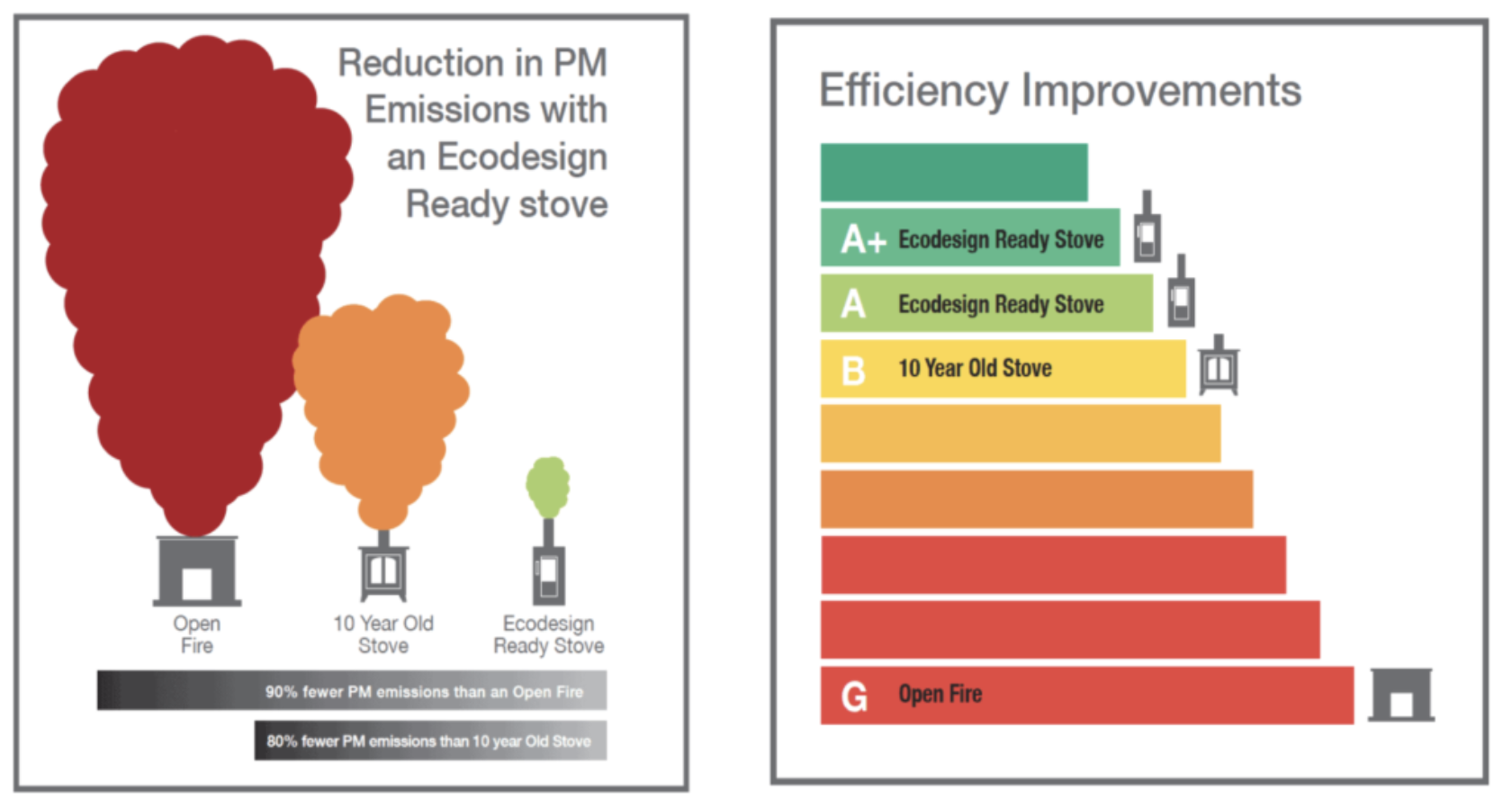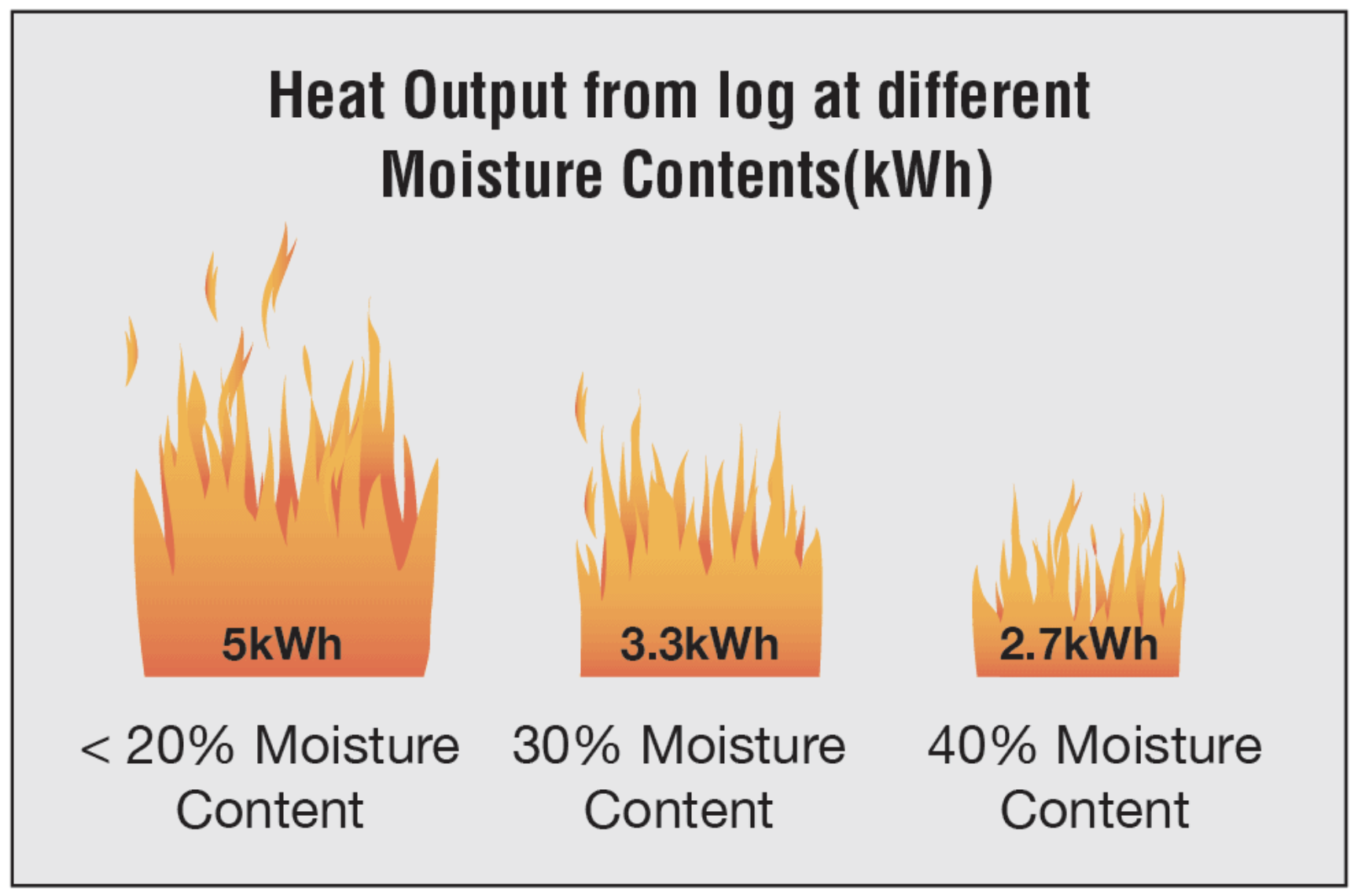Become a Green(er) Stove User
An Ecodesign stove is an engineering masterpiece. A huge amount of research and development has gone into their design to ensure they reach the required efficiency level.
Despite the green credentials of your Ecodesign stove, are you as green, and as environmentally friendly as your stove?
If you don’t have the time or simply are completely unaware of the things you need to consider when burning wood, then you may not be quite as green as your environmentally friendly conscience may lead you to believe…..

Here is what we have found….
Burning Wet Wood:
According to research conducted by Which? Nearly 33% of stove owners they spoke to, did not know the best fuel to use on their stove. Rather concerningly around 5% of stove owners Which? spoke to use wet logs, and illegally 4% use coal on their stove. The good news is it’s easier for stove owners to buy correctly seasoned wood with the Woodsure, Ready to Burn initiative. More about this can be read here.
Dry wood produces less smoke and more heat so is much better for the environment. Having a too-high water percentage will produce a poor level of water and cause tar to form in your chimney.
Below shows the impact of using wet wood in your stove:

Don’t Slumber:
14% of the people surveyed by Which? Said they often let their stove slumber, while 5% said they do this each time they use their stove. Slumbering is when you set it to burn at a low output. The reduced burn rate can cause congestion to the stove and the flue, due to condensation and the release of various chemicals.
You should always ensure your stove has a visible flame and remember to use the air vents correctly. When refuelling the fire place the logs in the centre of the fire, away from the rear, sides and glass. This approach helps keep the glass and liners clean and improves the flame picture as the fire is in a central position. Be sure to use your stove gloves when operating the door handle and air controls, and of course when placing logs into the fire.
Keep it Clean:
Which? asked a number of stove owners, which fuel is best for keeping their stove clean. 18% said they don’t know. Wet fuel, which burns produces a lot more smoke and tar compared to correctly seasoned wood. This knowledge alone will make cleaning much easier. Burning any type of fuel will eventually congest a flue, so it’s essential to have your chimney swept on a regular basis.
Stoves have evolved – they are now much cleaner, and much more efficient. But you need to also ensure that you know what you can and can’t burn. Not only does it help the environment it helps you save money and allows you to enjoy a clean, well serviced stove, of longer.








